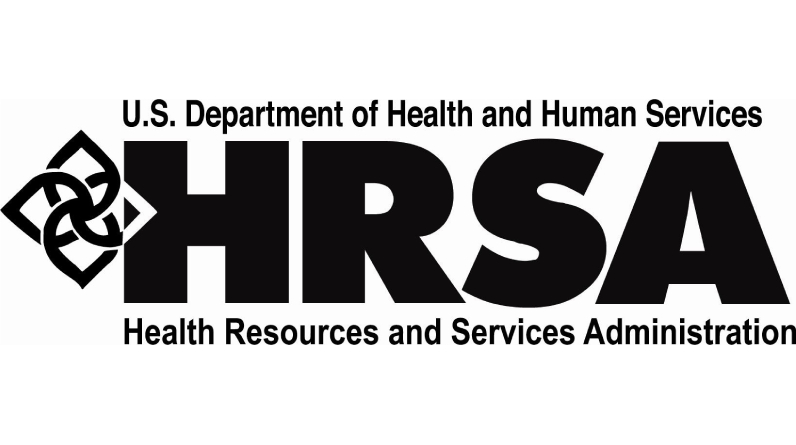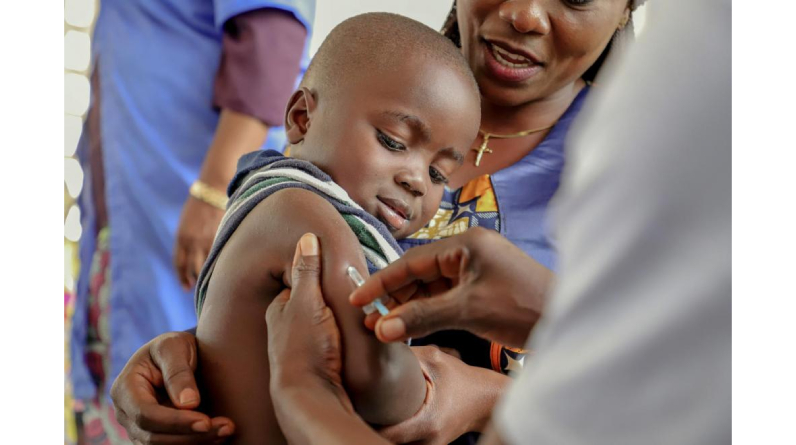In seven counties in central Virginia, UVA Health is collaborating with community healthcare organisations and emergency medical service (EMS) agencies to increase access to healthcare, particularly for stroke patients, in underserved areas.
The new programme will provide education and training opportunities on stroke, pre-hospital emergency care, and post-hospital follow-up care for paramedics, emergency medical technicians, nursing and EMS trainees, community health workers, and other rural healthcare providers thanks to a $1.5 million grant over three years from the federal Health Resources & Services Administration. Buckingham, Culpeper, Greene, Louisa, Madison, Nelson, and Orange counties all have EMS agencies and community health organisations involved in the programme. The iTREAT mobile telemedicine system from UVA Health will also be installed in ambulances serving these counties.
Paramedics who suspect a patient is having a stroke can consult with UVA’s team of neurologists and emergency medicine doctors via a secure live video link thanks to iTREAT. The UVA doctors communicate and examine the patient directly with the EMS provider during the ambulance ride in the hopes of expediting the patient’s care once they reach the hospital. Ischemic strokes, which are often caused by a blood clot in the brain, have a small window in which to administer the most effective medications and procedures. In order to be safe and effective, clot-busting drugs must be administered within three to four and a half hours of the onset of symptoms. Thrombectomy procedures, which involve removing the clot from a blood vessel within the brain, are time-sensitive and can only be performed on a select group of patients.
Also Read : Various media and academic groups regularly convene for meetings

HRSA has provided us with a wonderful opportunity to serve our local communities by strengthening the skills of paramedics and other community health workers. Stroke neurologist and programme director Dr. Nina Solenski of UVA Health’s Comprehensive Stroke Center explains how this will benefit patients in need of care for both acute strokes and their prevention and recovery. This is essential right now. For instance, the death rate from stroke among non-Hispanic Blacks in Buckingham County is nearly twice the national average. Our mission is to work together with all kinds of healthcare providers to eliminate these kinds of inequalities in the communities around us.
Increasing Educational and Training Opportunities
There will be a trifold emphasis on training:
- Training for paramedics and other EMS workers will centre on community paramedicine, which aims to decrease the number of people who dial 911 for non-emergency medical needs, facilitate patients’ access to primary care, and help them complete post-hospital follow-up care.
- With the assistance of the UVA Office of Telemedicine, medical professionals in the Blue Ridge Health District and the Central Virginia Health Services in Buckingham will have access to online continuing education courses on stroke and other cardiovascular diseases.
- Training in telehealth: EMTs, MDs, and RNs will learn how to incorporate cutting-edge telehealth technology into their treatment plans.
Students at the Charlottesville-Albemarle Technical Education Center studying emergency medical technology and students at the University of Virginia’s Wise School of Nursing will both benefit from this training. This is a critical objective of the whole programme. According to George Lindbeck, MD, an emergency medicine physician at UVA Health and the program’s co-director, “we want to encourage the development of these trainees and get them excited about joining a team of technology-savvy healthcare professionals dedicated to ensuring healthy lives for all.”








